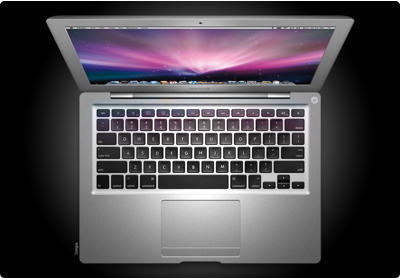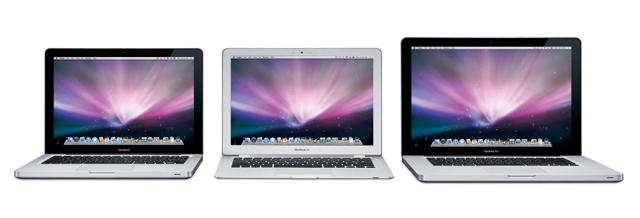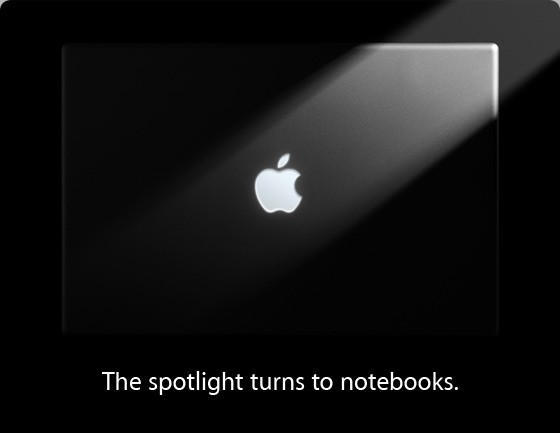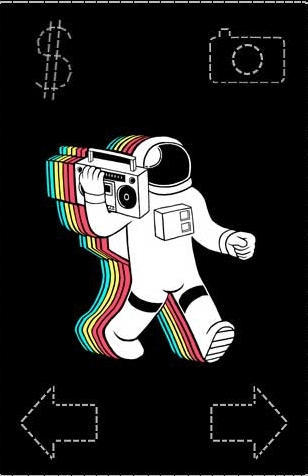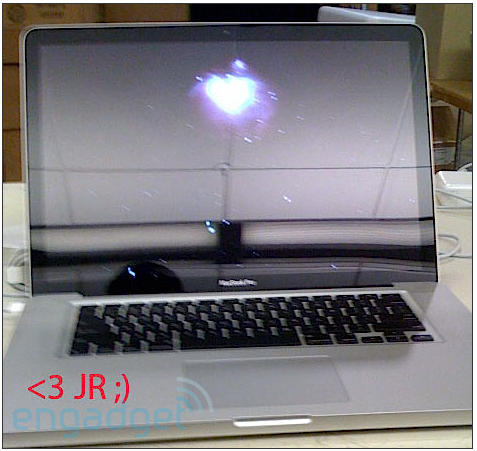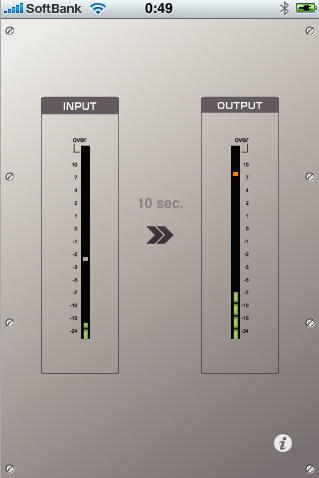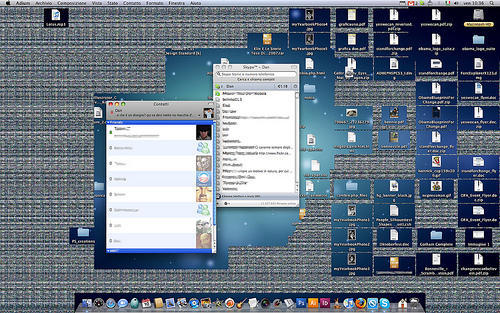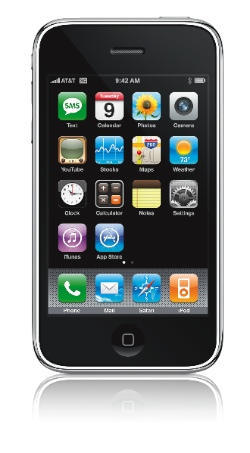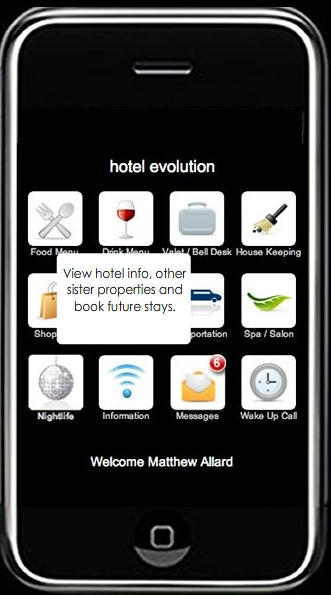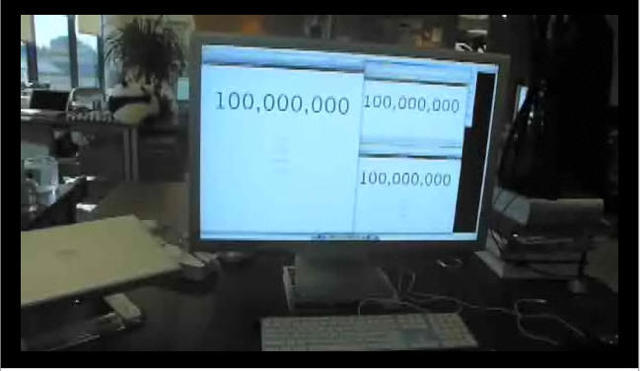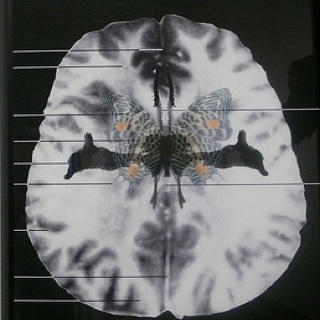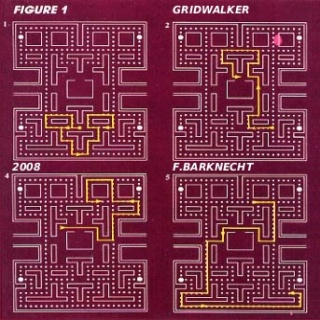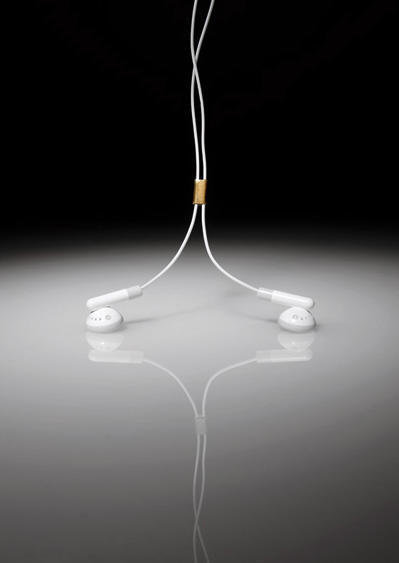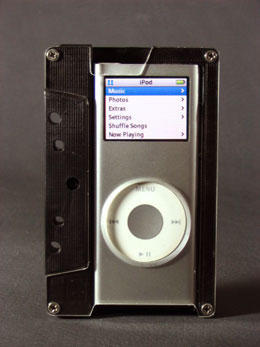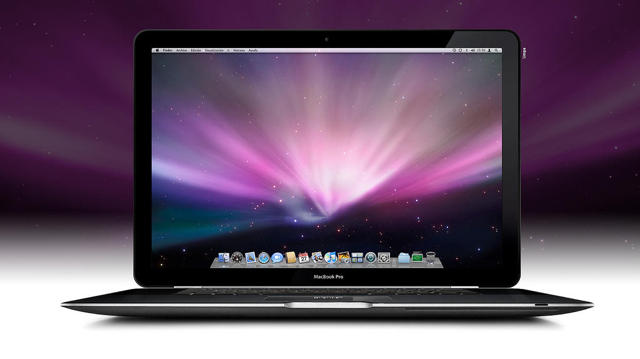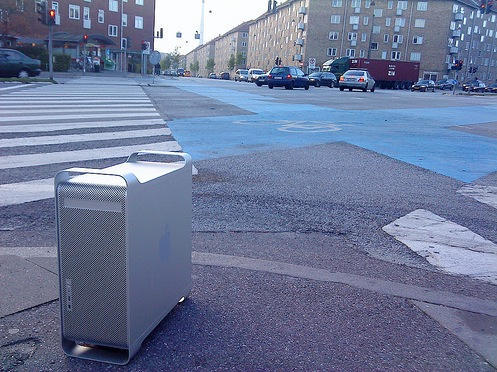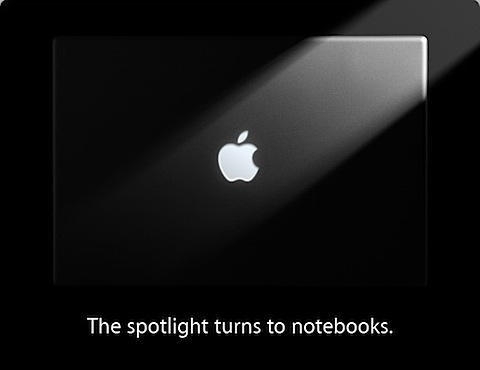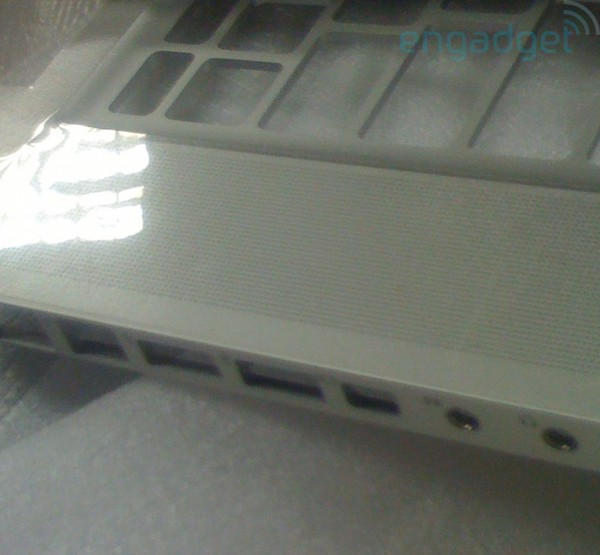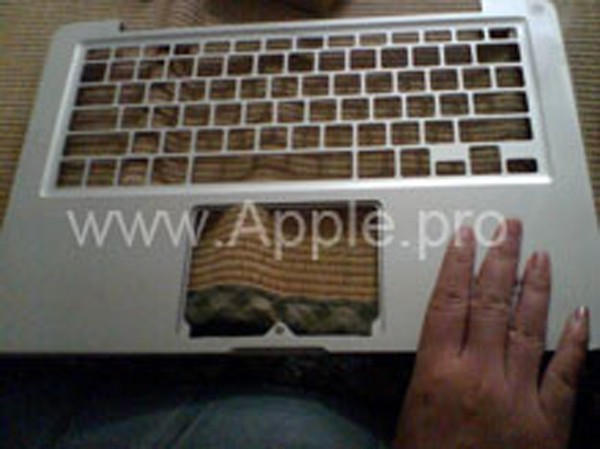Pictures: Fantasic mockups by Miguel Surez
This is guesswork, but here’s the likely feature list of the new MacBooks due October 14:
* Penryn Core 2 Duo chips: 2.4GHz, 2.66GHz, 2.8GHz, and 3.06GHz.
* 2GB of RAM (MacBook); 4GB of RAM (MacBook Pro).
* Hard drives: 160GB — 320GB.
* Glossy widescreen TFT screens. On the MacBook: 13.3-inch (1,280×800 resolution); MacBook Pro: 13.8-inch (1,366×768).
* Integrated NVIDIA graphics system.
* New, all-aluminum enclosures, white, black and silver. (Would love to see multiple colors, but think its unlikely — it’s an inventory nightmare, especially for high-priced products).
* Enclosure is tapered: very thin at the sides, thicker inthe middle, like the iPhone 3G and MacBook Air.
* Magnetic lid latch on all models (replacing mechanical clasps on the MacBook Pro).
* All ports on left side — including FireWire 800.
* Slot-loading optical drive on right (no Blu-ray).
* Extra-large battery pack running full width of computer at the front, under the touchpad.
* Recessed keypad like MacBook Air. Keys are Chicklet style on MacBooks, black and backlight on Pros.
* Price: Starting at $800. This is the mysterious “product transition” that Apple CFO Peter Oppenheimer said in July would impact Apple’s gross margins.
“We will be delivering state-of-the-art new products that I cannot discuss today that our competitors will not be able to match,” Oppenheimer said during the Q308 conference call.
